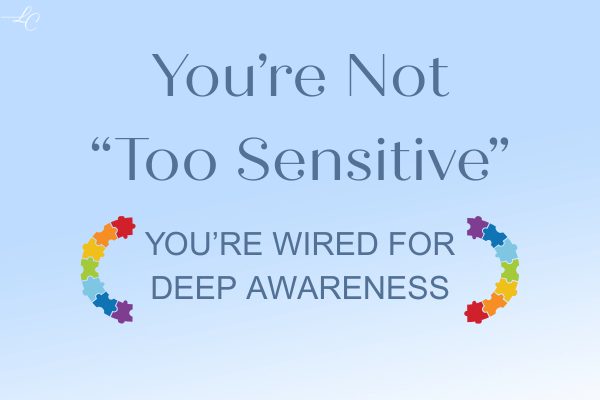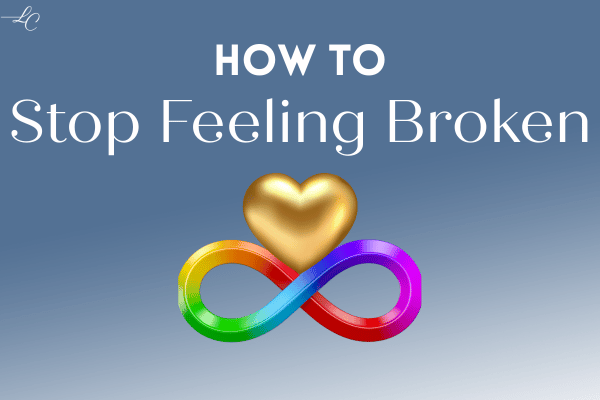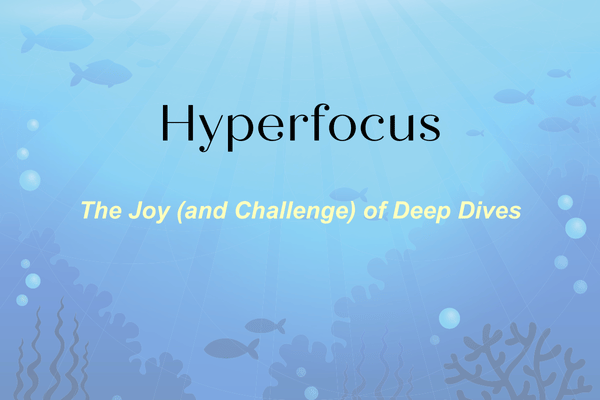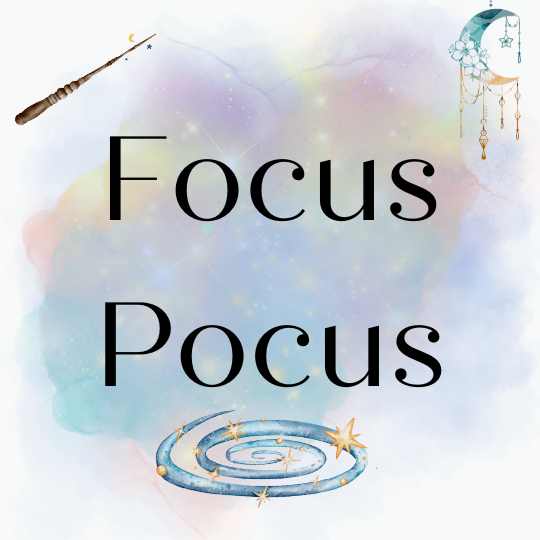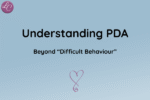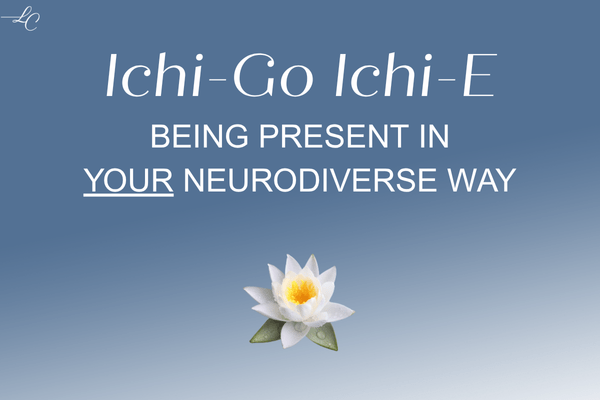
Ichi-go Ichi-e
Ichi-go Ichi-e: Being Present in Your Neurodiverse Way
Life isn’t always easy to stay present for.
Especially if you’re neurodiverse.
Sometimes everything is too much — the noise, the smells, the people, the expectations.
Sometimes it’s the opposite — we get so focused on one task, one idea, one world inside us, that we lose all track of time.
I was reading Salvatore Battaglia’s latest book, The Kotodama of Scent, when I came across a phrase that caused me to pause: Ichi-go ichi-e.
It’s a Japanese concept that literally translates to “one time, one meeting.”
A reminder that this moment, this experience — will never happen again in exactly the same way.
The phrase comes from the world of Japanese tea ceremonies, but it carries a message that ripples far beyond that:
Every moment is fleeting, and because of that, it’s precious.
Why Ichi-go Ichi-e Resonates for Neurodiverse People
I’ve spoken with so many beautiful, thoughtful, sensitive humans — many of whom are neurodiverse — who feel like they can’t stay present.
There’s too much stimulation. Or they disappear into hyperfocus. Or their brains are just… always moving.
And I want to say: You’re not doing it wrong.
Ichi-go ichi-e isn’t about forcing stillness. It’s about noticing what’s already here.
Even if your mind is racing, your environment loud, or your day disjointed — you can still pause, even for a second, to say:
“This moment is happening now. And I’m here.”
A Moment I’ll Never Forget
When I first read the phrase, I looked up.
The light hit the page in a soft, warm way. I could smell the last traces of essential oils in the room.
And I realised: this will never happen again quite like this.
That doesn’t make it tragic — it makes it beautiful.
And it made me want to bring this idea to you.
Not as a pressure to “be present,” but as an invitation.
An offering.
A quiet reminder that now matters.
Want a Gentle Way to Reconnect?
If you’re looking for gentle tools to help you come back to the moment, I’ve created a new playlist on YouTube called Soothing Sounds.
They’re just 10-minute tracks — soft, quiet, calming — designed for when you need to pause, recover, or just breathe.
You can also watch the video version of this blog here:
Over to You…
Have you had a moment where you suddenly realised how precious it was?
Or does the idea of ichi-go ichi-e help shift something in how you approach your day?
Leave a comment below — I’d love to hear what this stirs in you.
And if you’d like more support and encouragement like this, you can subscribe to Different… and Loving It! or join our kind, off-social community.
Until next time,
Lucinda 💙

